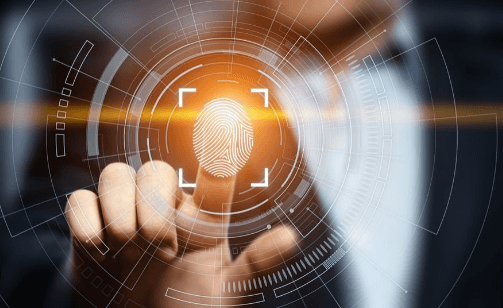Debunking Common Myths About Passwordless Authentication

Technological innovation has become a global sensation and people have become more reliant on technology for various life prospects. Most businesses have shifted their services online making it easier for people to avail services or purchase products. To attain online services, users create digital accounts, differentiating individuals from others. Securing accounts with passwords has become an outdated and unreliable choice, as tech-savvy can potentially breach passwords and get illegitimate access to systems. Using the acquired passwords, cyber fraudsters log into accounts and conduct nefarious activities.
End of Passwords: What is Passwordless Authentication?
Passwordless authentication comes forth as a cornerstone of security, adding an extra layer of security to digital systems and protecting confidential information. There are multiple ways to this approach including one-time passwords (OTPs), magic links, push notifications, or biometrics. These advanced security features are a reliable alternative to traditional methods of ID verification, increasing accessibility and safeguarding sensitive data against unauthorized access.
Misconceptions About Passwordless Authentication
Biometric authentication is deemed the best form of passwordless authentication, enhancing users’ experience and adding greater security to digital systems. However, every new technology comes with challenges and concerns which need to be addressed effectively. The same is the case with this technology. There are numerous myths about the implementation of technology. Let’s look into the misconceptions and talk about the effective measures to curb them.
Less Secure
Surprisingly, it is considered that passwords are a secure approach to secure accounts, but that’s not true they aren’t susceptible to hacking, phishing, or brute-force attacks. Saying password face authentication is less is irrational and considering it as less secure is perhaps the most ubiquitous misconception. Biometrics, magic links, and push notifications offer a greater layer of security to your online presence, protecting against data breaches and identity spoofing.
Inconvenient for Users
As users are required to undergo several steps to prove their identity, it is often deemed that the approach is inconvenient and challenging for users. However, this concept is nonsensical, as short-term inconvenience is much better than long-term inconvenience. This approach eliminates the need to remember and maintain complex passwords. Facial authentication offers ground for a user-friendly and easily accessible verification approach, making it effortless for users to scan their and get legitimate access to services.
Accessible for Digital Experts
It’s illogical to say that this advanced approach applies to users with technical expertise. Anyone using digital platforms and technology can easily access the systems with face authentication. This approach is incredibly user-friendly and this technological approach is seeing continuous improvements to make the approach easily accessible for people of all ages such as kids, youth, and old age. Facial authentication is the simplest way to get authorized access to services or privileges, as users just come in front of cameras to prove their identities.
High Cost
There is a common belief that integrating passwordless options is costly and organizations with large IT budgets can afford the costs, indicating that small setups cannot afford the prices. Truly speaking, adopting this approach could be expensive but software solutions and cloud-based services enable easy integration into existing infrastructure. This makes it effortless for small setups and big organizations to integrate a passwordless approach exclusively. Furthermore, biometrics offers easy integration and long-term benefits.
Compromises Privacy
Saying the passwordless approach imposes privacy constraints could be somehow true, but the option doesn’t inherently inflict risks to confidential information. On the up and up, it reduces the amount of data that needs to be collected from users and limits data collection & storage. For instance, biometric data can be encrypted and stored on devices, eliminating the need to be available to third parties, which often provokes serious questions about the security of the data. In addition, magic links or push notifications are sent to the registered emails or devices ensuring that the sent information is confidential and secured against breaches.
Only about Biometrics
It’s deemed that biometrics are an alternative to passwords, and are the only option when talking about passwordless options. However, it’s not fair to say the passwordless option is just about passwordface authentication. The advanced approach integrates multiple options like security keys, OTPS, magic links or push notifications, giving users more control over their data and enabling them to be the sole owner of their systems.
In What Ways Passwordless Authentication Is a Suitable Choice
Considering all the misconceptions, that have nothing to do with reality, passwordless authentication is still deemed as the reliable and secure alternative to passwords. This effective approach facilitates users to get access to services or privileges without remembering long or complex passwords, enhancing user convenience. Moreover, the passwordless option acts as a safeguard against data breaches and spoofing, effectively protecting data against unauthorized access. The world is actively shifting towards this approach, considering the prospects it’s offering.






